Geoarchaeology and archaeometry
For many years, CEREGE has been conducting research in geoarchaeology and archaeometry, drawing on its diversified teams and technical platforms. Interest in these areas has been particularly stimulated by the dating of Toumaï using cosmogenic isotopes on ASTER. Today, this research benefits from a wide range of cutting-edge tools in geochronology and physicochemical characterisation, applied to human fossils, artefacts and environments. This expertise enables CEREGE to cover a wide range of time periods, from the first hominids to historical periods.
Geoarchaeology
The reconstruction of past environments, particularly during the Quaternary period, is a key theme that has brought together many CEREGE researchers since its creation in 1995. The aim is to gain a better understanding of the evolution of anthropised landscapes. Geoarchaeology, which complements environmental archaeology, focuses on the impacts of human activities beyond the sites of occupation, analysing their consequences on different spatio-temporal scales. Coastal and fluvial environments are particularly studied.
Archaeometry
Archaeometry at CEREGE focuses on the physicochemical characterisation of human fossils, artefacts and the surrounding environment. Using advanced geochronology and physicochemical characterisation tools, archaeometry enables us to study periods ranging from the first hominids to the historical periods. The research carried out within this framework sheds valuable light on the living conditions and evolution of human and animal populations in the past, in response to environmental change.
Through this transverse axis, CEREGE's management intends to support the development of inter-team and inter-platform research projects in geoarchaeology and archaeometry. These actions will contribute to the recognition of the laboratory by academic and scientific institutions, thus consolidating its role in geoarchaeology and archaeometry research.
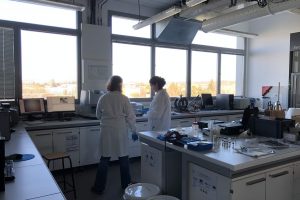

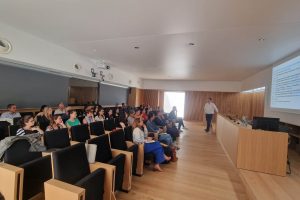
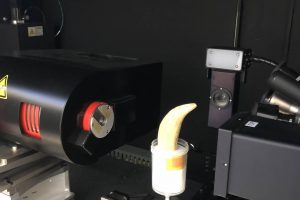
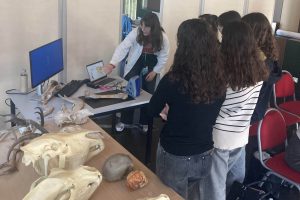
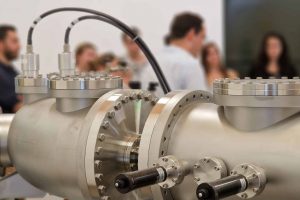
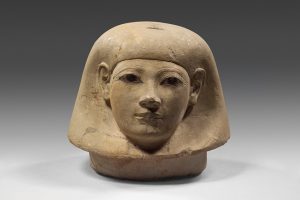
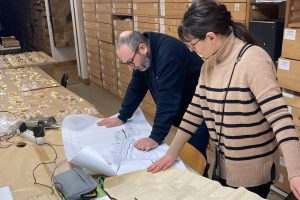

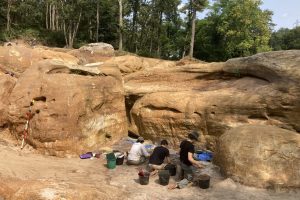
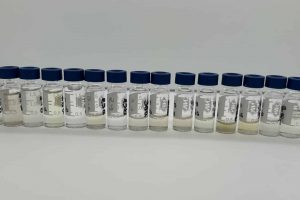
News

A pioneering discovery of ancient therapeutic uses in Arabia
A study conducted by Barbara Huber, then a post-doctoral student in our laboratory in collaboration with Thibaut Devièse, reveals the oldest known evidence of the use of the psychoactive plant Peganum harmala (or harmal) in the Arabian Peninsula. (May 2025)
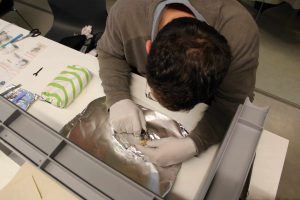
Sampling in Belgium as part of NeHos
Thibaut Devièse travelled to Belgium with Grégory Abrams (Ghent Univ.) to sample archaeological material for radiocarbon dating as part of the NeHos project. The results of these dates should be known by next year. (May 2025)
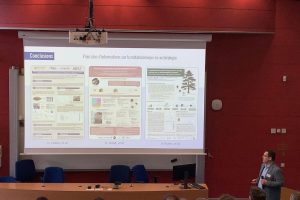
Océane Pollet and Thibaut Devièse take part in the GMPCA conference
At the GMPCA, we presented innovative methods for analysing bones, plant tars and sediments. The aim is to refine dating and reconstruct ancient practices without compromising the samples or the environment. (April 2025)

Naïs Sidney brilliantly defends her thesis on the Alps
Congratulations to Naïs Sidney, who brilliantly defended her thesis entitled "From site to territory: dynamics of occupation and exploitation of resources in the Northern Alps between the Neolithic and Bronze Ages". (March 2025)

Océane Pollet extracts organic matter from archaeological sediments
As part of her thesis and the ecoSCience project, Océane Pollet visited Innovation Fluides Supercritiques in Valence to extract organic matter from archaeological sediments. (February 2025)
Research work
Doctoral theses
- Morgane Blanot "Underwater and coastal geoarchaeology: a contribution to the interdisciplinary analysis of partially submerged prehistoric landscapes in Martinique".
- Océane Pollet " CO-MET - From archaeological sediments to meteorites; interdisciplinary study of organic compounds through the development of an innovative metabolomics approach "
- Lou Spanneut "Elucidating dietary behaviour in the face of climate change during the Late Pleistocene - Development of an innovative biomolecular approach".
- Hugo Pellet " Air and water flows in a coastal karstic carbonate massif and impact on the alteration of the walls: application to the Cosquer cave and the state of conservation of its walls and works".
- Naïs Sirdeys " Where are the sites? Geomorphological processes, taphonomy, archaeological and natural hazards since the last ice age in the Mediterranean".

